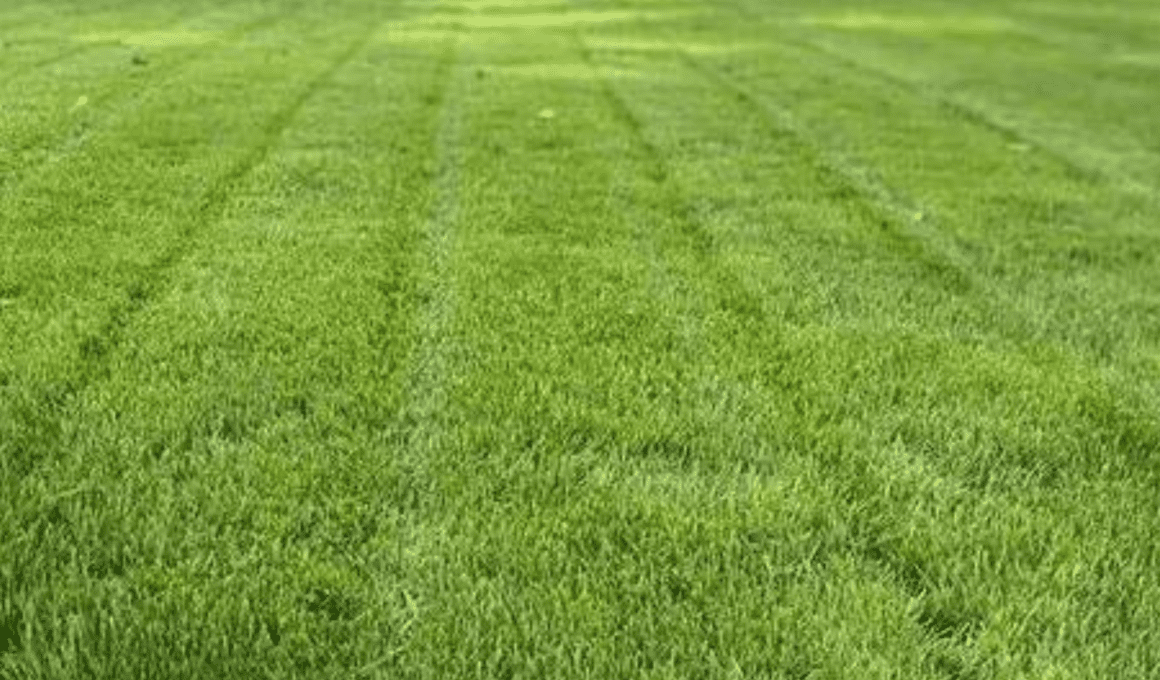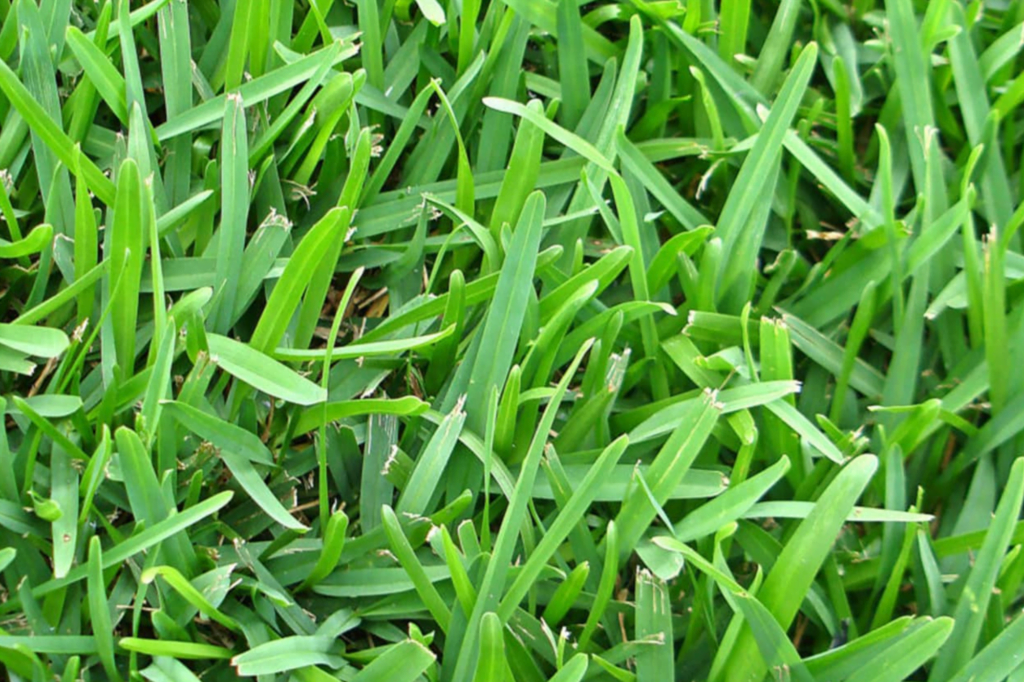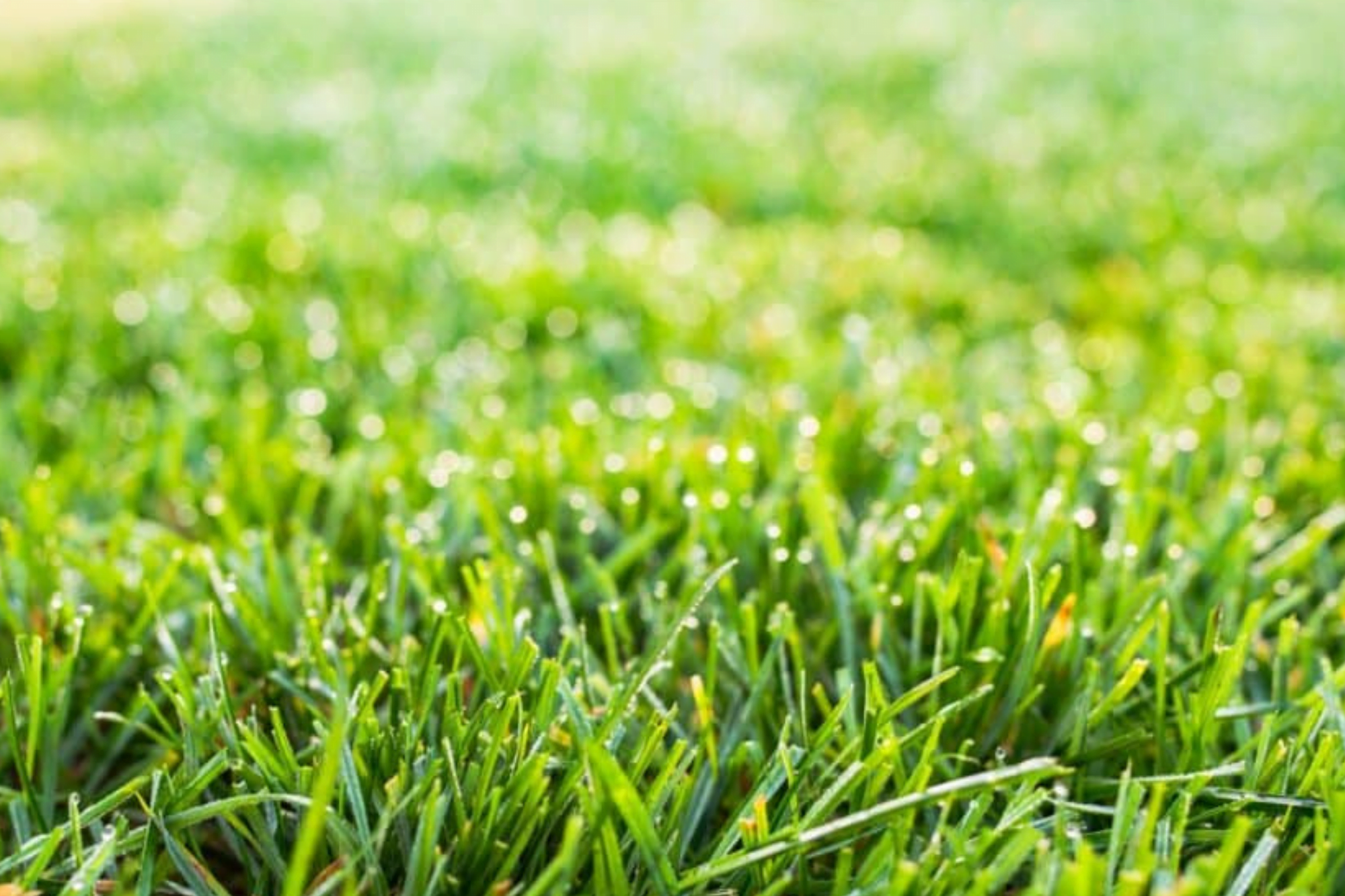Choosing the right grass for your lawn can be a daunting task, especially with the wide array of lawn grass types available on the market. St Augustine and Fescue are two of the most popular grasses used for lawns in the United States. While St Augustine is commonly found in tropical and subtropical regions, Fescue is often chosen for its ability to retain its color during colder months and its tolerance to shade in temperate regions.
In this article, we will delve into the characteristics, growth rates, maintenance requirements, and drought tolerance of these two grasses. By the end of this article, you will have a better understanding of which grass is best suited for your lawn.
Understanding St Augustine Grass
In this section, we will take a closer look at the characteristics of St Augustine grass. This will help you determine whether this type of grass is suitable for your lawn.
Appearance: St Augustine grass has wide, flat blades with a dark green color. It has a dense and lush appearance, making it a popular choice for lawns.
Climate: St Augustine grass is a warm-season grass that grows best in tropical and subtropical regions. It prefers temperatures between 80-95°F and cannot tolerate cold temperatures.
Heat tolerance: St Augustine grass has excellent heat tolerance and can withstand high temperatures without showing signs of stress. This makes it an ideal choice for lawns in hot climates.
Traffic tolerance: St Augustine grass is known for its ability to withstand heavy foot traffic. This makes it an excellent choice for lawns that will be used frequently.
Maintenance: St Augustine grass requires regular mowing to keep it looking its best. It should be mowed to a height of 2-4 inches. This grass also needs frequent watering to maintain its lush appearance. It is recommended to water St Augustine grass 1-2 inches per week.
Benefits of St Augustine Grass
“St Augustine grass is an excellent choice for lawns in hot climates due to its heat tolerance and ability to withstand heavy foot traffic.”
Overall, St Augustine grass is a great choice for homeowners who live in warm climates and want a dense and lush lawn. Its heat tolerance, traffic tolerance, and appearance make it a popular choice among homeowners.
Exploring Fescue Grass
Fescue grass is a cool-season grass that is typically found in temperate regions. It is known for its fine texture and bright green color. Fescue grass is often chosen for its ability to retain its color during colder months and its tolerance to shade. It requires less water compared to St Augustine grass and is often chosen for its lower maintenance requirements.
Fescue grass is typically divided into two categories: tall fescue and fine fescue. Tall fescue has a coarser texture and is commonly used for pastures or turf. Fine fescue, on the other hand, has a softer texture and is often used for golf course roughs or as a ground cover.
One advantage of fescue grass is its deep root system, which allows it to access water stored deeper in the soil. This makes it more resilient during dry spells and can often tolerate drought conditions better than St Augustine grass. However, it should be noted that overwatering can lead to shallow root systems, reducing its drought tolerance.
Fescue grass has a slower growth rate compared to St Augustine grass, which can be both an advantage and disadvantage. Its slower growth allows for less frequent mowing and reduced maintenance efforts, but it also means it may take longer to fill in bare spots or recover from damage.
Additionally, fescue grass is tolerant of a wide range of soil conditions, making it a versatile choice for lawns. It can grow well in sandy soils or heavy clays and can tolerate mild alkaline or acidic soils. However, it should be noted that it prefers well-draining soil conditions and may struggle in areas with poor drainage.
Growth Rate and Maintenance
When it comes to growth rate, St Augustine grass has a faster rate compared to Fescue. It spreads through stolons and can quickly fill in bare spots. However, its rapid growth may require more frequent mowing. Fescue grass, on the other hand, has a slower growth rate and requires less maintenance in terms of mowing. Its slower growth allows for less frequent mowing and reduced maintenance efforts.
| Grass Type | Growth Rate | Maintenance Requirements |
|---|---|---|
| St Augustine | Fast | Requires frequent mowing |
| Fescue | Slow | Requires less frequent mowing |
It is important to note that regardless of the type of grass you choose, regular maintenance is necessary to keep your lawn looking healthy and lush. This includes proper watering, fertilization, and weed control.
Drought Tolerance
When it comes to drought tolerance, both St Augustine and Fescue grass have their advantages and disadvantages. St Augustine grass has good drought tolerance and can survive for extended periods once it is well-established. However, during prolonged dry spells, it may require supplemental irrigation to maintain its appearance.
On the other hand, Fescue grass has better drought tolerance compared to St Augustine grass. Its deep root system allows it to access water stored deeper in the soil, making it more resilient during dry spells. Fescue grasses are often used in areas prone to drought or with limited water resources.
Frequently Asked Questions
Here are some common questions about St Augustine and Fescue grass:
Which grass is better for my lawn?
The answer depends on various factors, such as your region, climate, and maintenance preferences. If you live in a warm and tropical region, St Augustine grass may be a good option due to its heat tolerance and ability to withstand heavy foot traffic. However, if you live in a cooler region, Fescue grass may be a better choice due to its ability to tolerate colder temperatures and less frequent mowing requirements.
How often should I water St Augustine and Fescue grass?
St Augustine grass requires regular watering, especially during the hot summer months. Water deeply once or twice a week, depending on your region and climate. Fescue grass requires less water and can be watered once or twice a week, depending on the soil and weather conditions.
Can I plant St Augustine and Fescue grass together?
It is not recommended to plant St Augustine and Fescue grass together as they have different growth habits and maintenance requirements. St Augustine grass spreads through stolons, while Fescue grass grows in clumps. Additionally, St Augustine grass prefers warm temperatures, while Fescue grass prefers cooler temperatures. Planting them together would result in an uneven and inconsistent lawn.
Do St Augustine and Fescue grass require fertilization?
Yes, both St Augustine and Fescue grass require fertilization to maintain their health and appearance. Apply a balanced fertilizer every 6-8 weeks during the growing season for St Augustine grass. For Fescue grass, apply fertilizer in the fall and spring.
How do I control weeds in St Augustine and Fescue grass?
Maintaining a healthy lawn through proper watering, fertilization, and mowing is the best way to control weeds. Additionally, applying pre-emergent herbicides in the spring and fall can prevent weed seeds from germinating. For existing weeds, use a selective herbicide that targets specific weeds without harming the grass.











